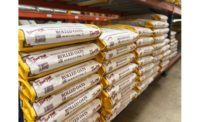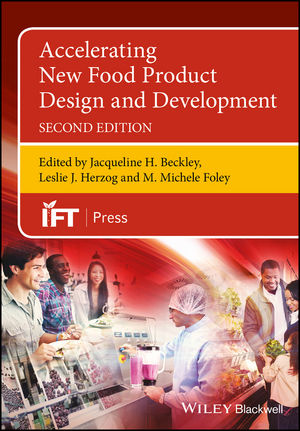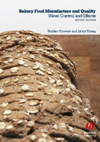Exclusive interview: Q&A with the Fred D. Pfening Co., on its 100th anniversary

Snack Food & Wholesale Bakery was recently able to talk to Fred Pfening IV, CEO of the Fred D. Pfening Co., about the company, which just celebrated its 100th year anniversary.
Liz Parker: How did the Fred D. Pfening Co. originally get established?
Fred Pfening IV: Fred D. Pfening Sr. had worked in and owned bakeries in Utah, West Virginia and Ohio, selling his Akron, Ohio bakery in 1919 to become a manufacturers’ representative for various lines of bakery equipment, mainly a bread slicer which was a hot, new product at the time. He continued as a rep until the late 1920 when he developed and patented a liquid meter that delivered the correct amount of water at the right temperature to mixers in bakeries. Previously, the standard way of measuring the amount of water needed for a batch was to fill a bucket up to a crayon line, which obviously was the not the most accurate way to do things. In the late 1930s he developed and got a patent for a proof box that had more air changes per minute than in previous boxes. The company continued to expand in the 1940s and 1950 particularly after it began engineering and manufacturing pneumatic conveying equipment for bulk ingredients, mainly flour and sugar. While the company today still sells liquid meters and proof boxes, pneumatic conveying of bulk dry and liquid ingredients is by far the largest product line.
LP: What do you see as some of the most-notable bakery industry changes over the past century?
FP: As with any industry, to recount the changes in the production of grain-based foods over the last century are far too numerous to condense into a paragraph. That being said, I would think the consolidation of the industry which has led to building of mega-plants with high speed, high production lines is the most important change. The number of wholesale bakeries has shrunk considerably in the last forty years. The technological changes that have driven this change are computerization, automation, and robotization of the production process. These factors have led to production efficiencies inconceivable a hundred years ago. Pfening company’s contribution to this trend is pneumatic conveying of ingredients and computerization of the delivery of the ingredients in a recipe.
LP: How will Pfening be celebrating this milestone as a company?
FP: We plan to do a reception at IBIE to celebrate this milestone with our customers and venders. We are going through the archives here gathering some photos from the past to incorporate into our booth this year. We want to show some of the history of our company, which is now on its fourth generation.
LP: What’s next for Pfening?
FP: To keep growing, while not losing sight of what has made us successful for the last century—providing quality equipment and creative solutions for customers is what our business was founded on. That is the foundation of everything we do. Over the last few years we have expanded our capabilities in handling liquid ingredients. We plan to keep expanding that product line.
Looking for a reprint of this article?
From high-res PDFs to custom plaques, order your copy today!









